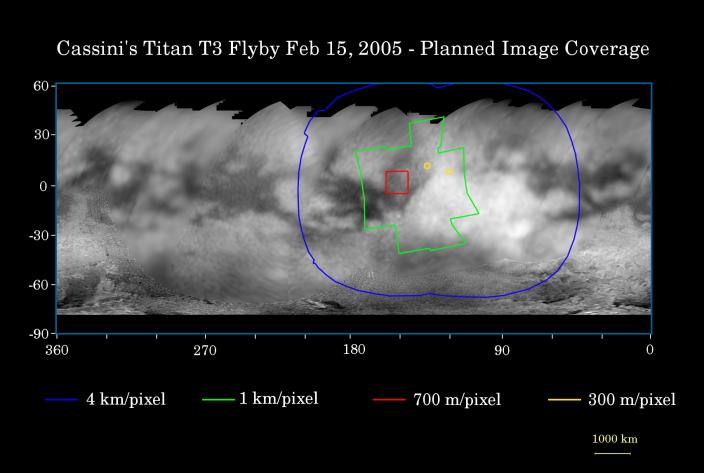chaos syndrome wrote:How does the giant crater frequency at Saturn compare with the situation at Jupiter? From what I've gathered it seems that practically every major moon of Saturn has such a crater, whereas the only giant craters I've heard of in the Jupiter system are Valhalla and Asgard on Callisto.
Well, both Io and Europa are geologically active so any evidence of giant crater has been wiped away. Ganymede has some evidence of internal geological processes, and Callisto, which doesn't, has those large craters. Except for Titan and Enceladus, Saturn's moons are geologially inactive. Also, beside Titan, they are also much smaller than Galilean satellites so any big crater look relatively larger (especially Mimas' Herschell, which is not really that huge).
chaos syndrome wrote:If it is the case that Saturn has more of these craters, is there a possibility that the formation of the giant craters on the moons could be linked to the formation of the ring system - if a large body broke up inside the Roche limit, surely some large fragments would get kicked around the Saturn system, leading to the potential for lots of giant impacts.
I believe that giant craters there are just remnants from the bombardment era. On the other hand it is possible and perhaps even likely that Saturn's rings are result of a large collision that destroyed a moon.





